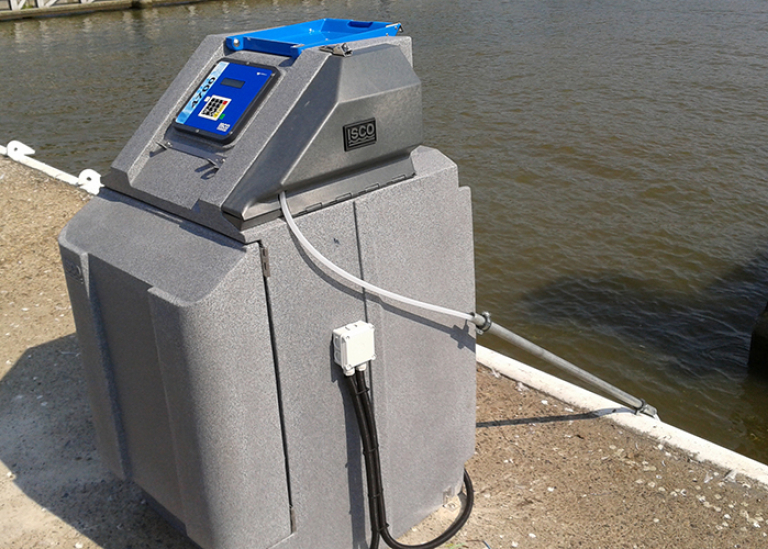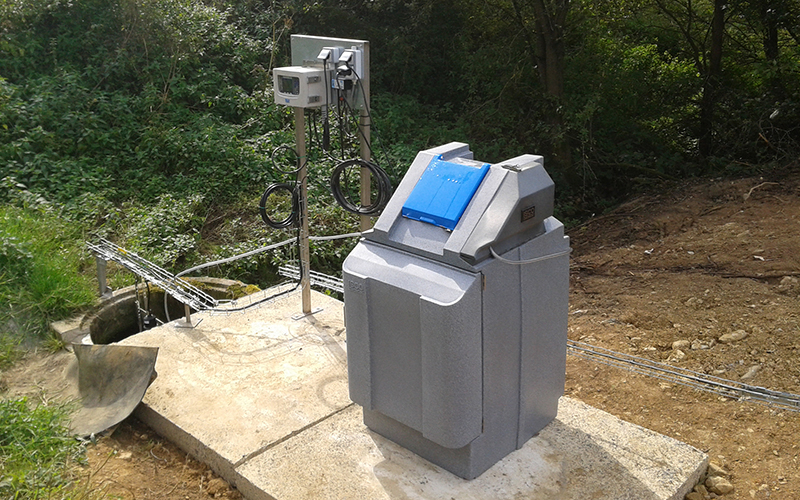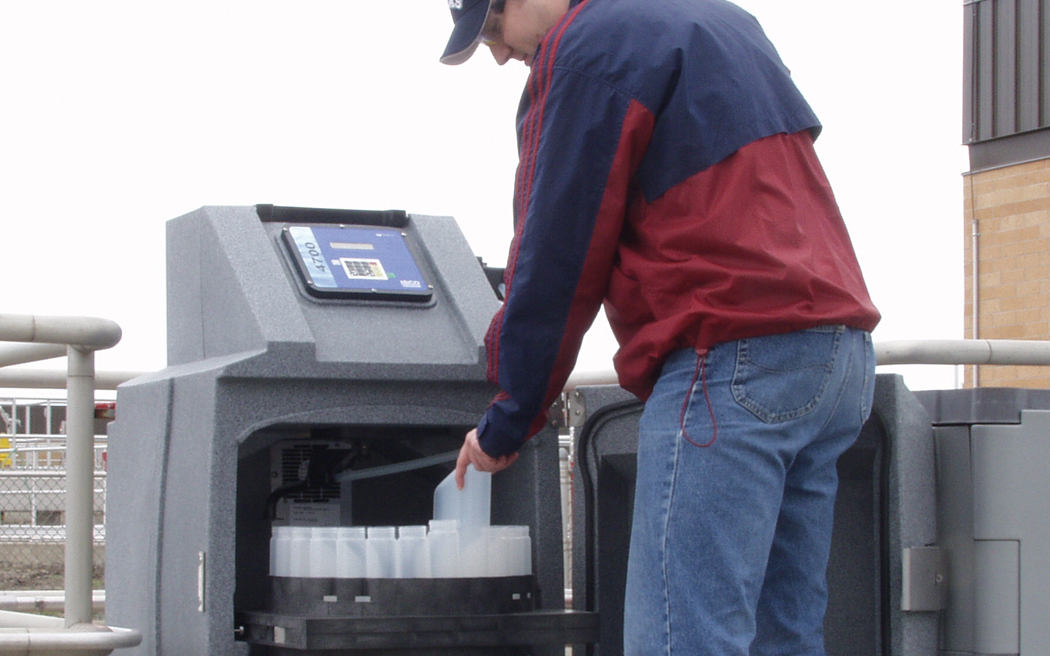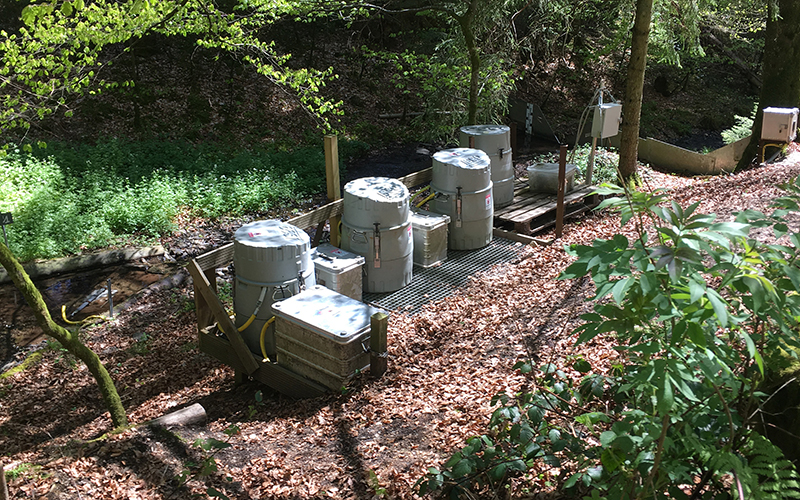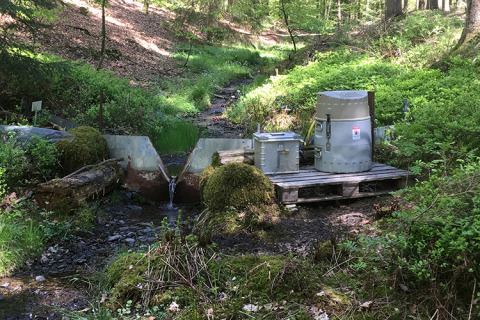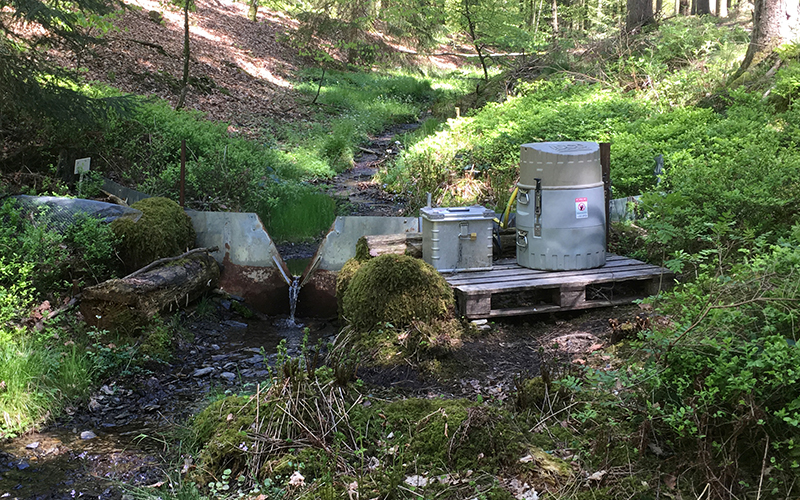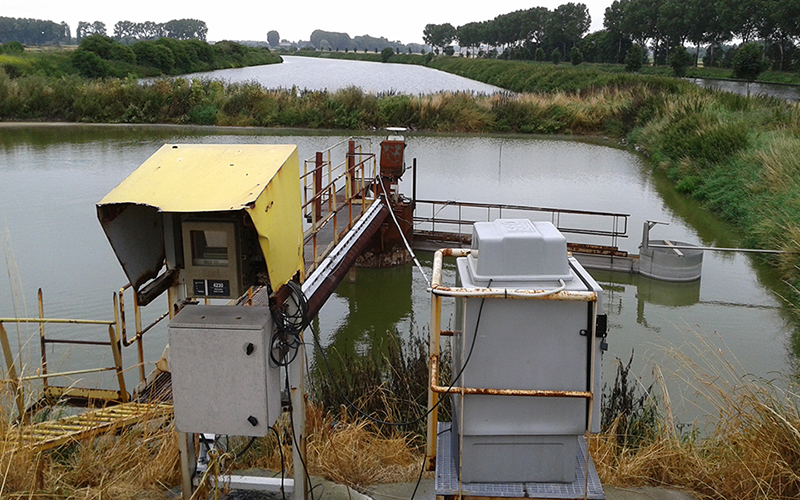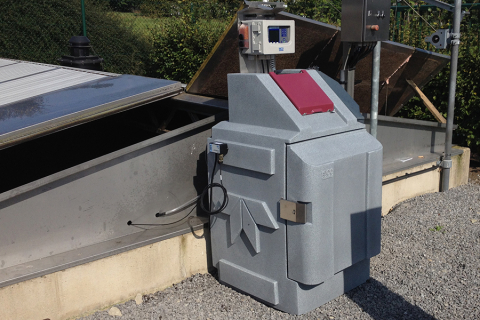
Sampling
Sampling is an essential part of many studies and applications. In the interests of public health, the water quality should be closely monitored from the time it enters to the time it leaves the treatment plant. It is also necessary to monitor the composition of the water discharge in case of overflows during heavy rainfall, industrial water discharges or rain from cities and agricultural land into streams and rivers.
Taking samples does not have to be exhausting work with this. Sampling does not have to be limited to a rough resolution of daily or even weekly repetitions, but can also take place much more frequently throughout the day. In fact, the perfect sampling in the right place at the right time can easily become a reality. For example, autonomous sampling devices (or samplers) can save you crucial time when it comes to intervening in pollution.
Measurement techniques
Depending on the application and the device, a variety of sampling configurations can be programmed. Samples can be taken accounting for time and/or flow rate on the one hand, or the samplers can be triggered by a certain event or event on the other.
By event we mean exceeding a certain threshold value (e.g. pH, the water level or the amount of precipitation), activating the sampler and having it sampled. In addition to different sampling configurations, there are also different bottle configurations. For example, consecutive samples can be collected in the same sample bottle to arrive at a composite sample or take place sequentially with each sample being poured into a new bottle. Bottles come in different volumes and can be made of glass, polypropylene or polyethylene.
Type of samplers
In addition to different sampling configurations, there are also different types of sampling devices. Here too, we’re happy to assist you in making the right choice for your project.
For example, two different pump systems are possible: a peristaltic or a vacuum suction system. Furthermore, the devices can be portable or stationary, the latter being equipped with a powerful pumping system. There are also compact versions that can fit through a sewer manhole.
To ensure long-term operations in the field, the devices are weather and corrosion resistant. There are also devices that work with an active temperature control system to cool or keep the samples warm under freezing conditions. Here, devices can work energy-efficiently by starting up the cooling system only when the first samples are taken.
Interested in making samples much more representative and efficient? We’re happy to help you find the best tailor-made solution for your applications.
More information?
